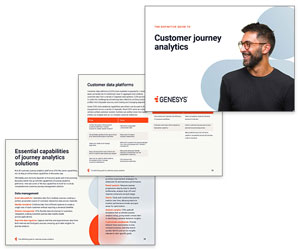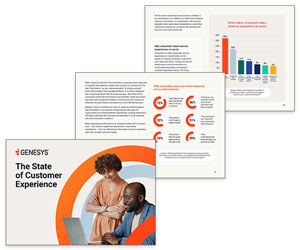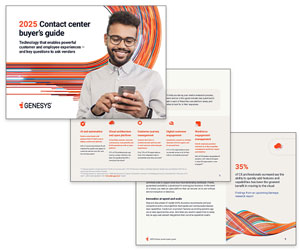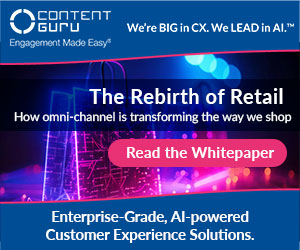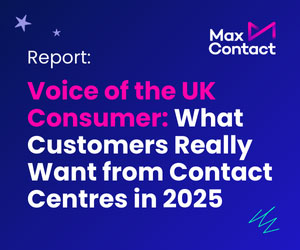Richard McCrossan explains why content marketing is no longer enough.
Recent research has found that 78% of consumers say that they feel personalised content has led to a deeper relationship with a brand. It’s all about integrating customer service information with marketing across multiple touch points.
There are two core elements to any marketing strategy – content and audience. Marketers often tend to focus a lot on content but not so much on the audience – but what if you could increase engagement by using more of what you already know about your customers to better understand their needs?
Personalised consumer marketing is becoming an integral part of securing sales and building a loyal customer base. By providing a more personalised experience, brands have a huge opportunity to provide a much-needed personal approach to consumers across an ever-growing number of communication channels.
Contextual history can help marketers better understand customers’ needs
The answer lies in leveraging the information which lies in the contact centre. To be able to personalise your marketing strategy, a lot of data is required to be able to gain relevant information about your customers, and this is often found within the customer service department.
By using contextual history which dwells in the contact centre, marketers can better understand customers’ needs and their previous interactions with the company. For example, marketers would know not to push any promotional emails to a customer if they had complained in the last week. Conversely, if a customer recently responded positively to a customer service satisfaction questionnaire, they may be more receptive to promotional emails.
Personalisation is much more than just welcoming back a returning customer or showing recommendations based on what they have bought before. It is about using the data you have to create an enjoyable experience that encourages the customer to keep returning to you.
It’s important to bring the human touch back to your digital customers
This covers all communication channels which are available to customers. The phone certainly isn’t going to go away, and we’ve found that human interaction is still a very valuable customer experience, where either a call or web chat can be helpful to the consumer. It’s important to bring the human touch back to your digital customers, and that means reaching out to help them make a purchase at the right time.
Using targeted and proactive web chat can be a great way to provide proactive and precise assistance at the consumer’s point of need. It can also reduce call handling, help to maintain customer loyalty and boost retention.
The online shopping experience needs to mirror the human experience you would get in a store, talking to the customer, engaging with their needs, having a conversation with them to find out more about what they are looking for. It’s all about building a personal profile of the customer – and this means integrating your contact centre customer information with your marketing across multiple touch points – from web chat to email, across to text.
This technology can all easily be integrated into sales and marketing – by monitoring and reacting proactively to buying signals, companies can utilise the value of bringing a sales person into that digital customer experience at the right moment.
The cloud gives marketers real-time access to customer information

Richard McCrossan
Cloud technology is fast becoming one of the most used – and useful – services for marketing; giving marketers real-time access to customer information from whatever device they are using to create and deliver relevant customer experiences that encourage long-term engagement.
Cloud offers a flexible deployment model for tools to enhance the customer experience, and means that companies can adjust campaign strategies to cater to customers’ needs, increasing marketing effectiveness and, in the longer term, improving revenues.
With thanks to Richard McCrossan, Strategic Business Director at Genesys
Author: Megan Jones
Published On: 7th May 2014 - Last modified: 12th Dec 2018
Read more about - Archived Content, Genesys



